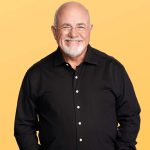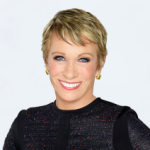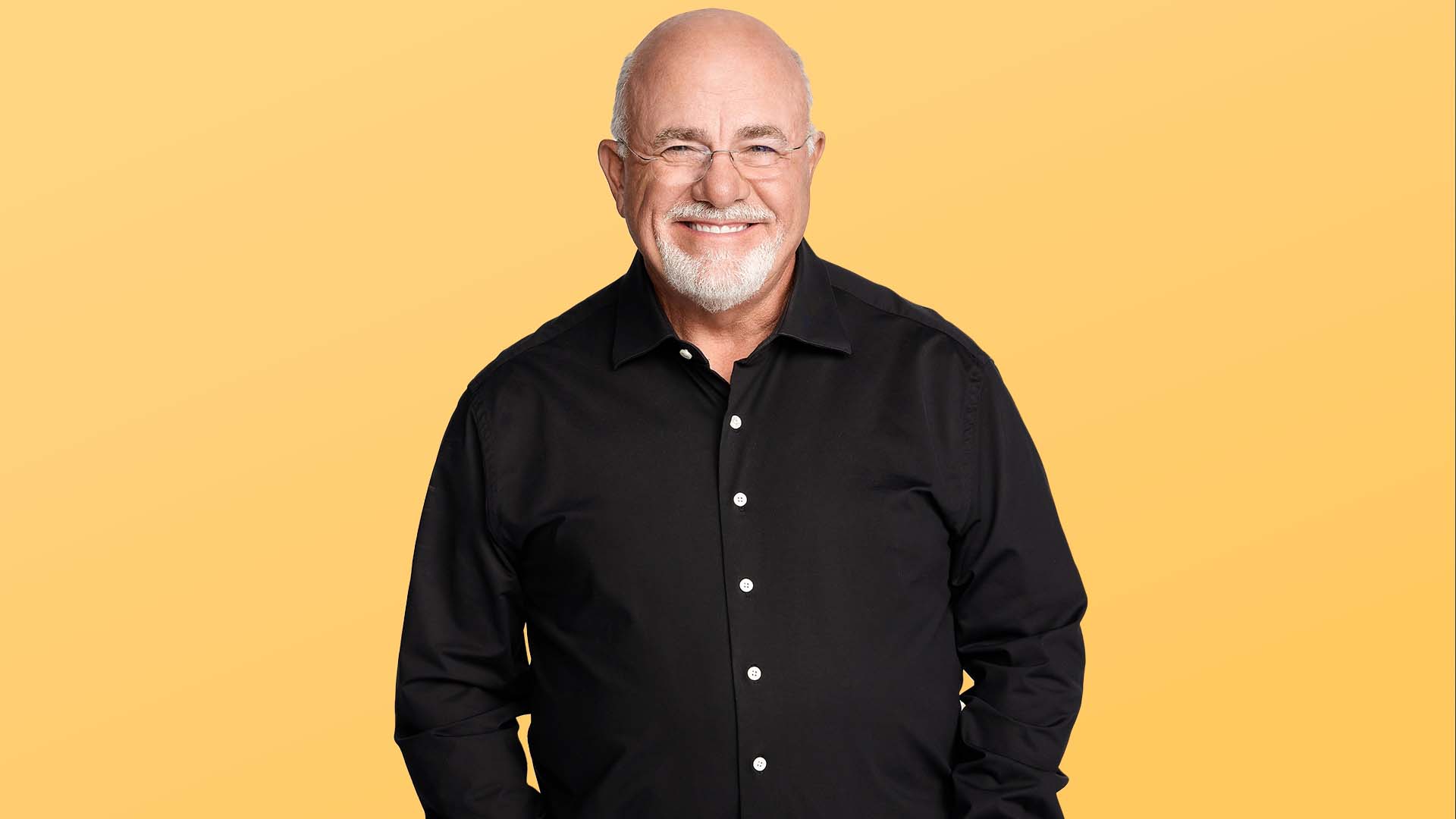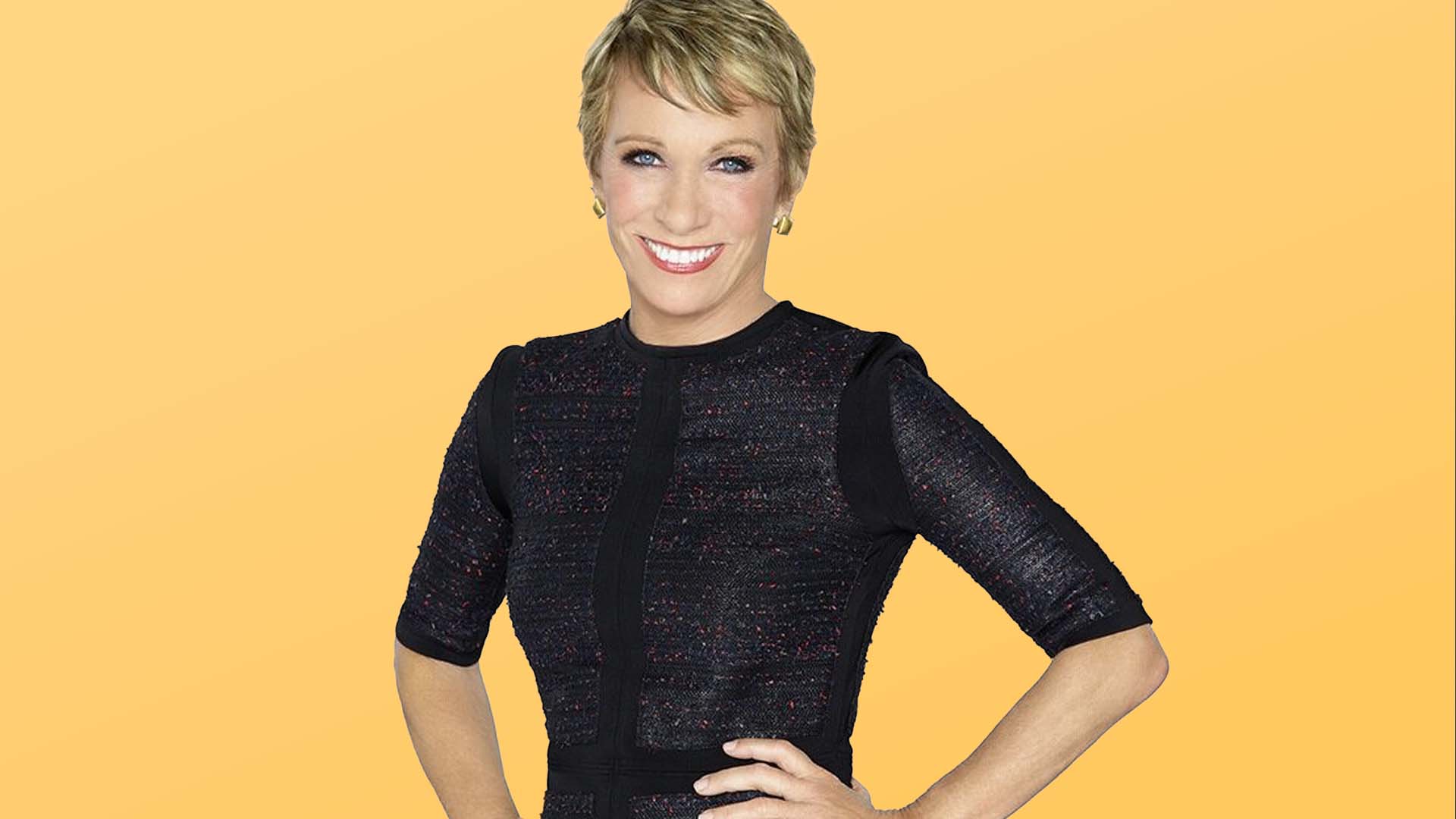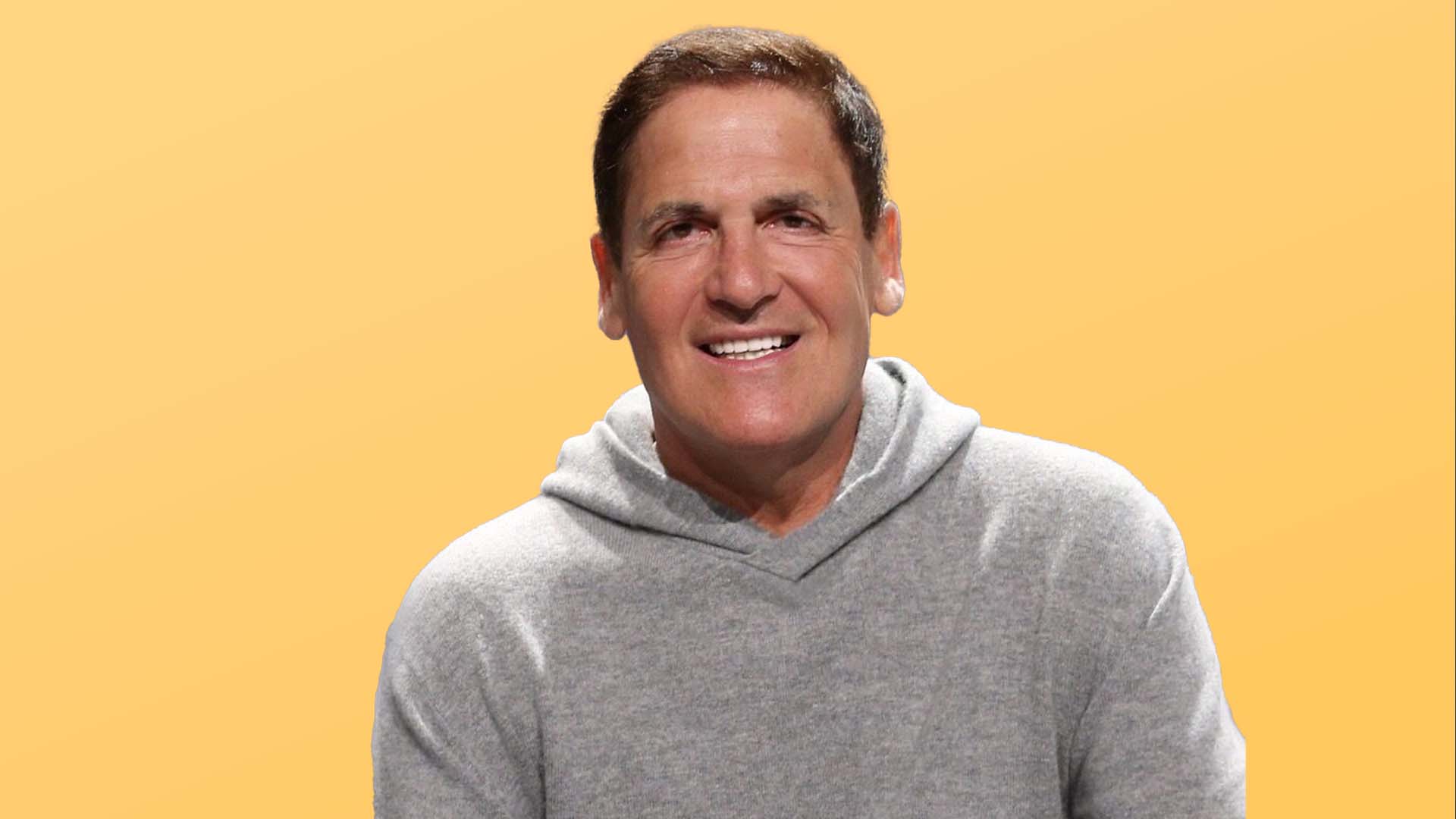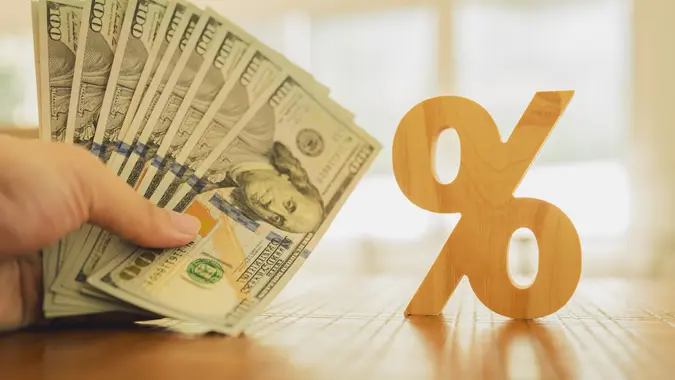High-Yield vs. Money Market: The Savings Decision That Could Cost You Hundreds

Commitment to Our Readers
GOBankingRates' editorial team is committed to bringing you unbiased reviews and information. We use data-driven methodologies to evaluate financial products and services - our reviews and ratings are not influenced by advertisers. You can read more about our editorial guidelines and our products and services review methodology.

20 Years
Helping You Live Richer

Reviewed
by Experts

Trusted by
Millions of Readers
Choosing where to park your savings might seem like a minor decision, but it can cost you hundreds of dollars a year if you pick wrong. Many people don’t realize there’s a meaningful difference between high-yield savings accounts and money market accounts, or why that difference matters for their financial goals.
Ariel Serber, Director of Client Success at Lions Financial and publisher of Secure the Bag financial media, said both accounts serve similar purposes but work differently in important ways. GOBankingRates caught up with Serber as part of our Top 100 Money Experts series to get the lowdown on these differences so you can pick the right account for your individual financial goals.
The Interest Rate Gap That Costs You Money
The most obvious difference between these accounts often comes down to cold, hard numbers. High-yield savings accounts typically edge out money market accounts on rates, though not always — the gap varies by institution and can shift over time.
As of this writing, top high-yield savings accounts offer around 4% to 5% APY, while many money market accounts are paying roughly 3.5% to 4.5%. In some cases, money market accounts are nearly on par with high-yield savings accounts. That spread might not sound like much, but it adds up over time.
On a $10,000 balance, the difference between 4.5% and 3.5% is $100 per year. On $25,000, you’re looking at $250 annually. The more you save, the more that rate difference costs you.
Why Money Market Accounts Exist if They Often Pay Less
If high-yield savings accounts pay more, why would anyone choose a money market account? The answer is convenience and access.
Money market accounts typically let you write checks and use a debit card. High-yield savings accounts usually don’t offer these features, making it harder to access your money quickly. You’ll often need to connect the account to an existing checking account and transfer money back and forth. That extra step makes high-yield savings accounts a little less convenient in an emergency.
Serber said this accessibility difference might actually be a feature, not a bug. “High-yield savings accounts are harder to get your money out of than money market accounts, which may be reason enough to choose them,” he explained. “Money market accounts let you write checks or make debit transactions, so the savings you hope to accrue may slip out of your hands.”
The Minimum Balance Difference That Can Cost You Fees
Another practical difference is account minimums. Many high-yield savings accounts have little to no opening deposit or balance requirements, making them accessible for nearly anyone starting out. Money market accounts often have higher minimum balance requirements to open or to avoid monthly fees, though some institutions now offer lower-minimum money market accounts.
If you have a larger balance, a money market account may be manageable, but if you’re a newer saver, you might find a high-yield savings account easier to start with.
How To Decide Which Account Fits Your Situation
Serber said the choice comes down to context and your specific financial goals. It depends on what you need the account to do.
If you’re building an emergency fund that you hope never to touch, a high-yield savings account makes sense. The higher interest rate helps your money grow faster, and the limited access reduces temptation to spend it.
If you need easier access to your savings for planned expenses or want the flexibility to write checks, a money market account might be worth the lower interest rate.
And if fees are a concern, pay close attention to minimum balance requirements — a high-yield savings account is often the safer choice for low balances.
For most people focused purely on growing their savings, the higher interest rates of high-yield savings accounts make them the better option.
Common Mistakes That Cost You Money
Serber warned about one mistake that can quietly erode your savings growth: not paying attention when interest rates change.
Both high-yield savings and money market accounts have variable interest rates that can change over time. Banks often offer promotional rates to attract new customers, then lower them after a few months.
The fix is simple but requires discipline: check your account rates every few months and be willing to move your money if you find a better deal elsewhere. Online banks typically offer the highest rates and are easiest to compare.
Another mistake is overthinking the decision. Both accounts are valuable tools for building liquid savings, and either is better than keeping money in a regular savings account earning almost nothing.
The Case for Using Both Accounts
Serber suggested that choosing between the two might be a false choice. Many successful savers use both types of accounts for different purposes.
“Plenty of people use both of these accounts in order to start attacking their longer term goals,” he said. You might keep your emergency fund in a high-yield savings account for maximum growth, while using a money market account for short-term savings goals where you need more flexibility.
This approach lets you optimize for both growth and access depending on your specific savings goals.
Think of It Like Choosing the Right Vehicle
Serber used a car analogy to explain the decision. “Think of it like two different cars that have different features; they’ll both help get you where you want to go, but the ride will be a little different.”
A high-yield savings account is like a fuel-efficient car — it gets you further on less money but might not have all the convenience features. A money market account is like a car with more features but slightly worse gas mileage.
Both will help you build savings, but the experience and efficiency differ.
Taking Action Matters More Than Perfect Optimization
Serber emphasized that analysis paralysis can be more costly than picking the “wrong” account. “Getting all the needed information and options together is a great first step, but knowing is only half the battle. The key is to take action and stick to it.”
Whether you choose a high-yield savings account, money market account or both, the most important step is actually opening the account and starting to save consistently.
Both options beat keeping money in a regular checking account or low-yield savings account. The difference between earning 4% and earning 0.01% on your savings is much more significant than the difference between a high-yield savings account and money market account.
Bottom Line
For most people focused on growing their savings, high-yield savings accounts offer better returns with the trade-off of less convenient access. Money market accounts provide more flexibility at the cost of lower interest rates.
The decision comes down to whether you prioritize maximum growth, convenient access to your money, or avoiding potential account fees. Either choice beats leaving money in low-yield accounts, and many successful savers use both for different purposes.
As Serber put it: “Failing to plan is planning to fail.” Choose the account that matches your goals, then stick with the plan consistently.
This article is part of GOBankingRates’ Top 100 Money Experts series, where we spotlight expert answers to the biggest financial questions Americans are asking. Have a question of your own? Share it on our hub — and you’ll be entered for a chance to win $500.
 Written by
Written by  Edited by
Edited by  Money Expert
Money Expert 




